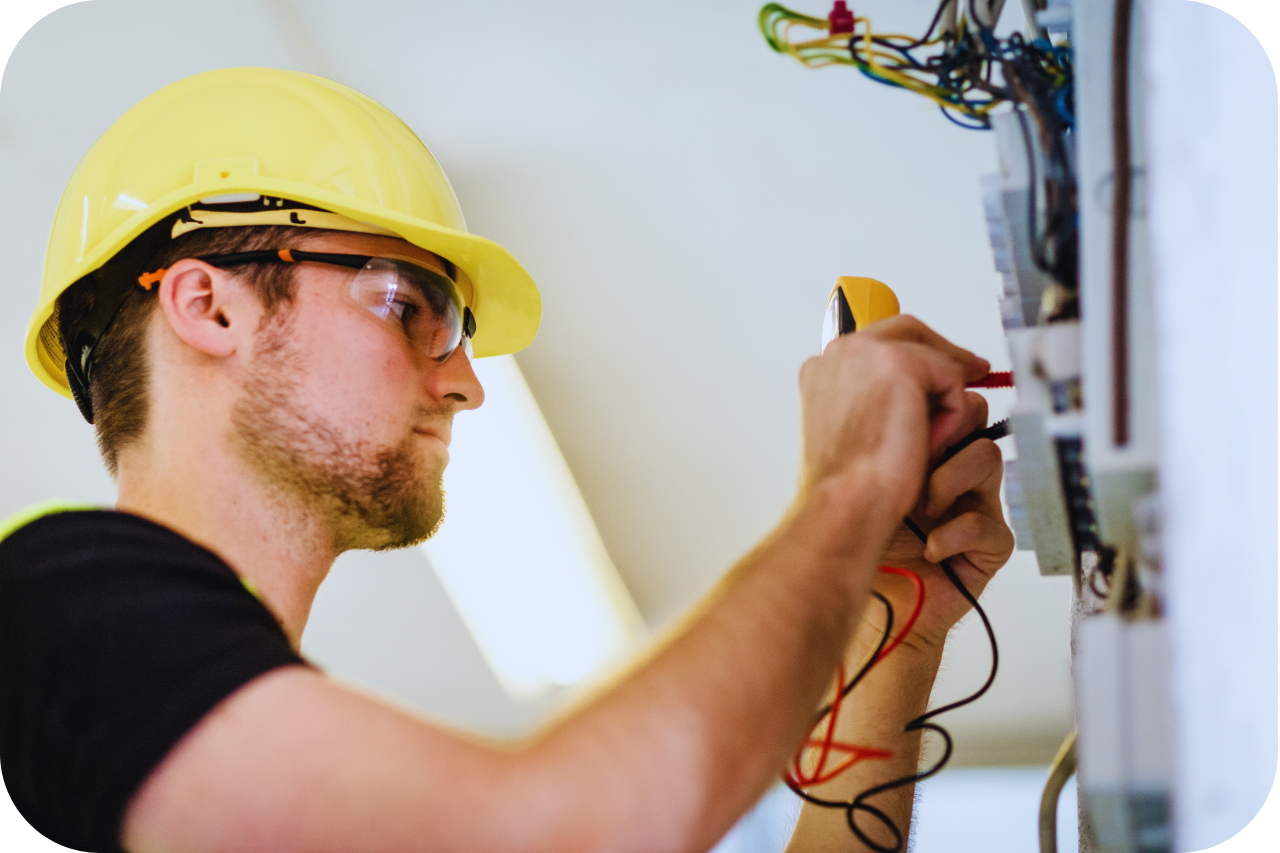Rumored Buzz on Roar Solutions
Rumored Buzz on Roar Solutions
Blog Article
The Definitive Guide for Roar Solutions
Table of ContentsA Biased View of Roar SolutionsA Biased View of Roar SolutionsAn Unbiased View of Roar Solutions
In order to protect setups from a potential explosion a technique of evaluating and identifying a possibly harmful area is needed. The objective of this is to guarantee the right selection and installation of tools to inevitably avoid a surge and to make certain safety of life.
(https://letterboxd.com/roarsolutions/)
No equipment ought to be installed where the surface area temperature of the equipment is above the ignition temperature of the provided danger. Below are some usual dust dangerous and their minimal ignition temperature level. Coal Dirt 380C 225C Polythene 420C (melts) Methyl Cellulose 420C 320C Starch 460C 435C Flour 490C 340C Sugar 490C 460C Grain Dust 510C 300C Phenolic Material 530C > 450C Aluminium 590C > 450C PVC 700C > 450C Soot 810C 570C The possibility of the risk being existing in a focus high adequate to cause an ignition will vary from location to location.
In order to classify this risk a setup is separated into locations of threat relying on the amount of time the unsafe exists. These areas are described as Zones. For gases and vapours and dirts and fibers there are three areas. Area 0 Area 20 A dangerous environment is highly likely to be existing and may be present for extended periods of time (> 1000 hours annually) or also continually Area 1 Zone 21 A hazardous atmosphere is possible however unlikely to be present for extended periods of time (> 10 450 C [842 F] A classification of T6 suggests the minimum ignition temperature level is > 85 C [185 F] Dangerous area electric equipment maybe designed for use in higher ambient temperature levels. This would certainly showed on the ranking plate e.g. EExe II C T3 Ta + 60C( This implies at 60C ambient T3 will not be exceeded) T1 T1, T2, T3, T4, T5, T6 T2 T2, T3, T4, T5, T6 T3 T3, T4, T5, T6 T4 T4, T5, T6 T5 T5, T6 T6 T6 A T Class rating of T1 means the optimum surface temperature created by the instrument at 40 C is 450 C. Thinking the linked T Course and Temperature ranking for the equipment are suitable for the location, you can always make use of a tool with an extra rigid Department ranking than needed for the location. There isn't a clear solution to this question. It truly does rely on the sort of tools and what repair work need to be performed. Devices with certain examination procedures that can not be done in the field in order to achieve/maintain 3rd party ranking. Should return to the manufacturing facility if it is prior to the devices's service. Field Repair Service By Authorised Personnel: Complex testing may not be called for nonetheless certain procedures may need to be adhered to in order for the devices to preserve its 3rd party score. Authorized workers should be utilized to execute the job correctly Repair have to be a like for like replacement. New component must be considered as a straight replacement calling for no unique screening of the equipment after the fixing is total. Each tool with a anonymous hazardous rating must be evaluated individually. These are outlined at a high degree listed below, however, for more detailed details, please refer straight to the guidelines.
Some Known Details About Roar Solutions
The tools register is a comprehensive database of equipment records that consists of a minimum set of areas to identify each product's area, technological specifications, Ex lover category, age, and environmental information. The proportion of Comprehensive to Close evaluations will be determined by the Devices Risk, which is analyzed based on ignition threat (the possibility of a source of ignition versus the possibility of a combustible ambience )and the hazardous area classification
( Zone 0, 1, or 2). Implementing a durable Risk-Based Evaluation( RBI )approach is important for making sure conformity and security in taking care of Electrical Devices in Hazardous Locations( EEHA).
Roar Solutions Can Be Fun For Everyone

In terms of explosive risk, an unsafe location is an atmosphere in which an eruptive environment exists (or may be expected to be existing) in quantities that require unique safety measures for the building, installment and use tools. Roar Training Solutions. In this short article we discover the difficulties encountered in the workplace, the threat control steps, and the needed proficiencies to function safely
It is an effect of contemporary life that we make, store or handle a variety of gases or fluids that are regarded combustible, and a series of dirts that are deemed flammable. These substances can, in certain problems, create eruptive ambiences and these can have significant and awful consequences. The majority of us know with the fire triangle remove any type of one of the 3 aspects and the fire can not take place, however what does this mean in the context of hazardous locations? When breaking this down into its simplest terms it is basically: a mix of a particular amount of launch or leak of a particular material or product, mixing with ambient oxygen, and the visibility of a source of ignition.
In many instances, we can do little about the levels of oxygen in the air, however we can have substantial influence on sources of ignition, as an example electric tools. Unsafe areas are recorded on the dangerous area classification illustration and are recognized on-site by the triangular "EX" sign. Below, amongst other key information, zones are split right into 3 types relying on the risk, the chance and duration that an eruptive ambience will exist; Zone 0 or 20 is deemed one of the most harmful and Area 2 or 22 is considered the least.
Report this page